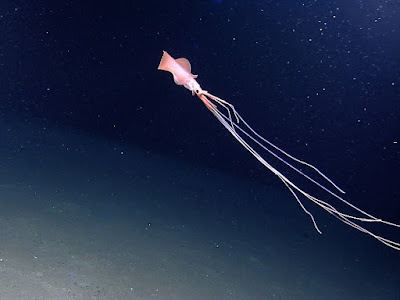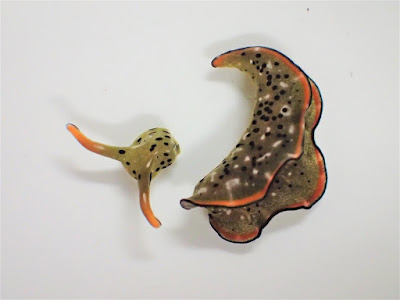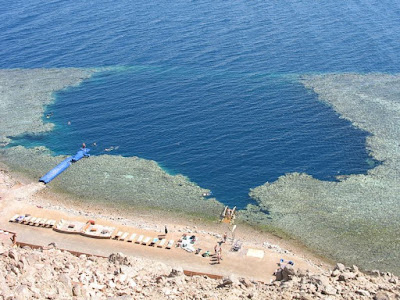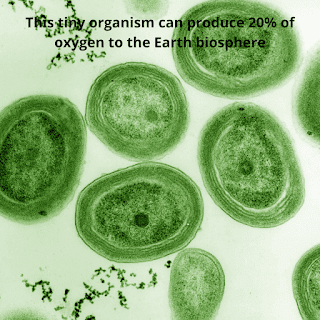Researchers Find the World's Deepest Dwelling Squid

When a team of subsea explorers completed the deepest ever dive to a shipwreck earlier this year, the news was broadcast around the world. A team from Caladan Oceanic found the USS Johnston , which sank during an intense naval battle in 1944, to be astoundingly well-preserved, its guns still pointing in the direction of the enemy. A few days before making their record-setting trip, however, the explorers had carried out another descent to the seafloor, a dive that ended up being a few kilometers off the mark. Though they failed to find the wreck that day, they did find something else. Once footage from the excursion came in, Alan Jamieson, a deep-sea researcher from the University of Western Australia, sat in his office aboard the expedition ship scrolling through frame after uneventful frame, searching for anything that might be of interest. The two-person submersible, piloted by Victor Vescovo, the American investor who founded Caladan Oceanic, appeared to have glided past little mo...




